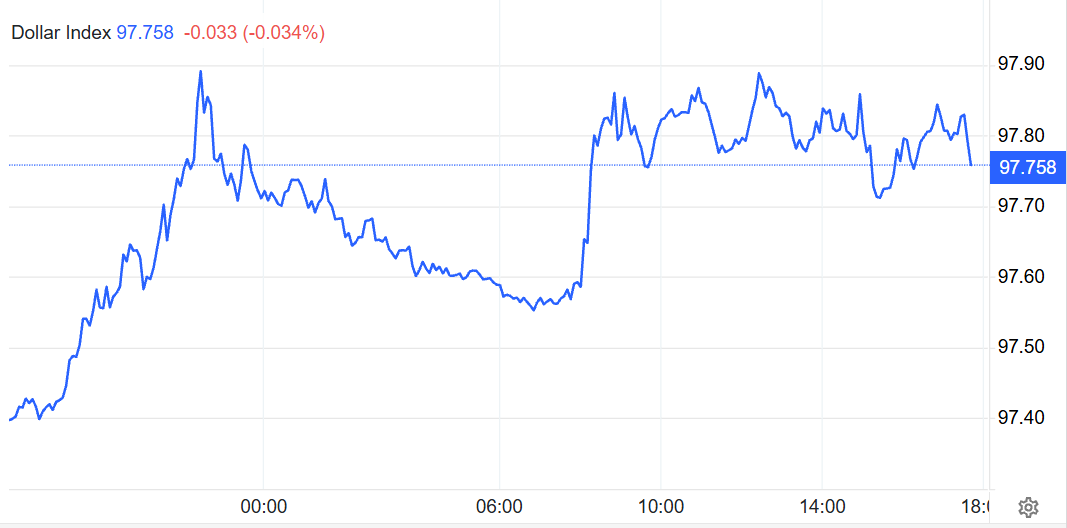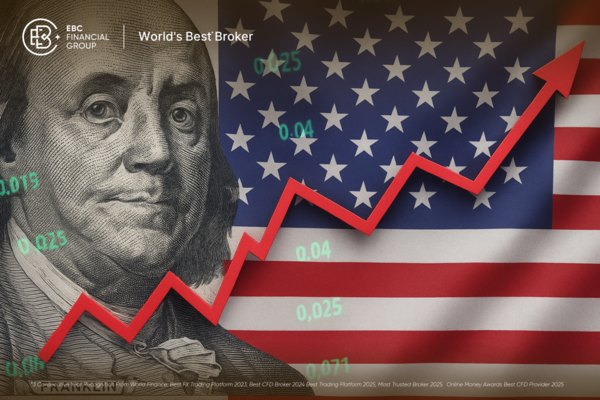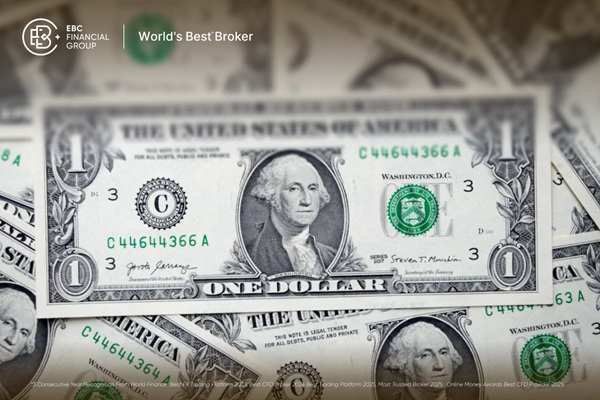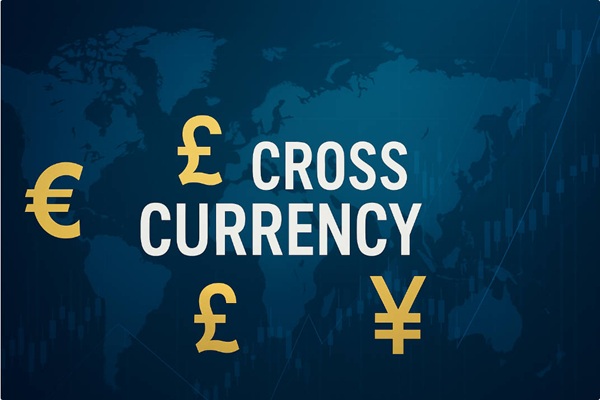The U.S. Dollar Index (DXY) extended its rally for a third consecutive session on Friday, approaching the 97.80 level in early trading. As traders weigh conflicting signals from Federal Reserve officials and respond to renewed geopolitical and trade tensions, the greenback continues to find support amid a broader climate of caution and uncertainty.
Cautious Market Tone as Fed Officials Offer Diverging Views
 Investor sentiment has turned noticeably cautious following a series of mixed messages from U.S. Federal Reserve policymakers. While some members of the central bank remain firm on maintaining restrictive monetary conditions, others have started to hint at the possibility of a rate cut as early as July.
Investor sentiment has turned noticeably cautious following a series of mixed messages from U.S. Federal Reserve policymakers. While some members of the central bank remain firm on maintaining restrictive monetary conditions, others have started to hint at the possibility of a rate cut as early as July.
Austan Goolsbee, President of the Federal Reserve Bank of Chicago, pushed back on the idea that interest rates should be lowered merely to reduce the government's debt servicing costs. Speaking late Thursday, Goolsbee reaffirmed the Fed's primary dual mandate—focusing on employment and price stability—rather than fiscal considerations. He also pointed out that prior to the introduction of tariffs on April 2. U.S. economic data had remained robust.
Conversely, Christopher Waller, a member of the Federal Reserve Board of Governors, reiterated his stance that a rate cut in July could be warranted. While acknowledging that tariffs may have a short-lived effect on inflation, Waller stressed that any decision to reduce rates would be based on economic data rather than political influence.
Adding to the discussion, Mary Daly, President of the San Francisco Fed, echoed Waller's sentiments. Daly described monetary policy as still restrictive, noting that the underlying economic fundamentals remain strong, job creation is healthy, and inflation continues to ease. According to Daly, these conditions provide the central bank with the flexibility to restore price stability in a measured and orderly manner.
Tariff Threats Heighten Investor Caution
Beyond central bank commentary, broader market concerns were exacerbated by a surprising announcement from President Donald Trump, who revealed that a 35% tariff would be imposed on imports from Canada. This follows a series of tariff warning letters sent on Wednesday to several countries, including European Union members. Trump stated that a similar announcement would be issued to the EU "today or tomorrow," with all measures due to come into effect on 1 August.
These trade tensions have injected further uncertainty into financial markets, prompting a flight to safety that has benefitted the U.S. dollar. Although tariffs often generate short-term inflationary pressures, they can also undermine global growth prospects, adding a defensive bid to the dollar as risk sentiment weakens.
DXY: Tracking Dollar Strength Amid Global Uncertainty
The DXY index, which measures the value of the U.S. dollar against a basket of six major currencies (including the euro, Japanese yen, British pound, Canadian dollar, Swedish krona, and Swiss franc), has responded positively to the ongoing uncertainty. With global markets still digesting both economic and political developments, the DXY's recent strength reflects growing investor demand for safe-haven assets.
The Federal Reserve's latest meeting minutes, released earlier this week, offered little in the way of decisive forward guidance. Policymakers appeared broadly committed to a wait-and-see approach, further complicating the market's expectations for monetary policy in the second half of the year.
Conclusion: DXY Strength Underpinned by Policy Ambiguity and Trade Risks
The current rally in the U.S. Dollar Index is being driven by a combination of central bank ambiguity, solid economic data, and fresh trade tensions. While Federal Reserve officials continue to diverge in their outlooks, the market is leaning toward caution—favouring the dollar as a defensive play.
With tariffs potentially escalating and interest rate decisions still in flux, the DXY appears well-positioned to retain its upward momentum in the near term. For now, traders are likely to remain attuned to both policy commentary and global developments, watching closely for signals that could shift the dollar's trajectory.
Disclaimer: This material is for general information purposes only and is not intended as (and should not be considered to be) financial, investment or other advice on which reliance should be placed. No opinion given in the material constitutes a recommendation by EBC or the author that any particular investment, security, transaction or investment strategy is suitable for any specific person.



 Investor sentiment has turned noticeably cautious following a series of mixed messages from U.S. Federal Reserve policymakers. While some members of the central bank remain firm on maintaining restrictive monetary conditions, others have started to hint at the possibility of a rate cut as early as July.
Investor sentiment has turned noticeably cautious following a series of mixed messages from U.S. Federal Reserve policymakers. While some members of the central bank remain firm on maintaining restrictive monetary conditions, others have started to hint at the possibility of a rate cut as early as July.

















